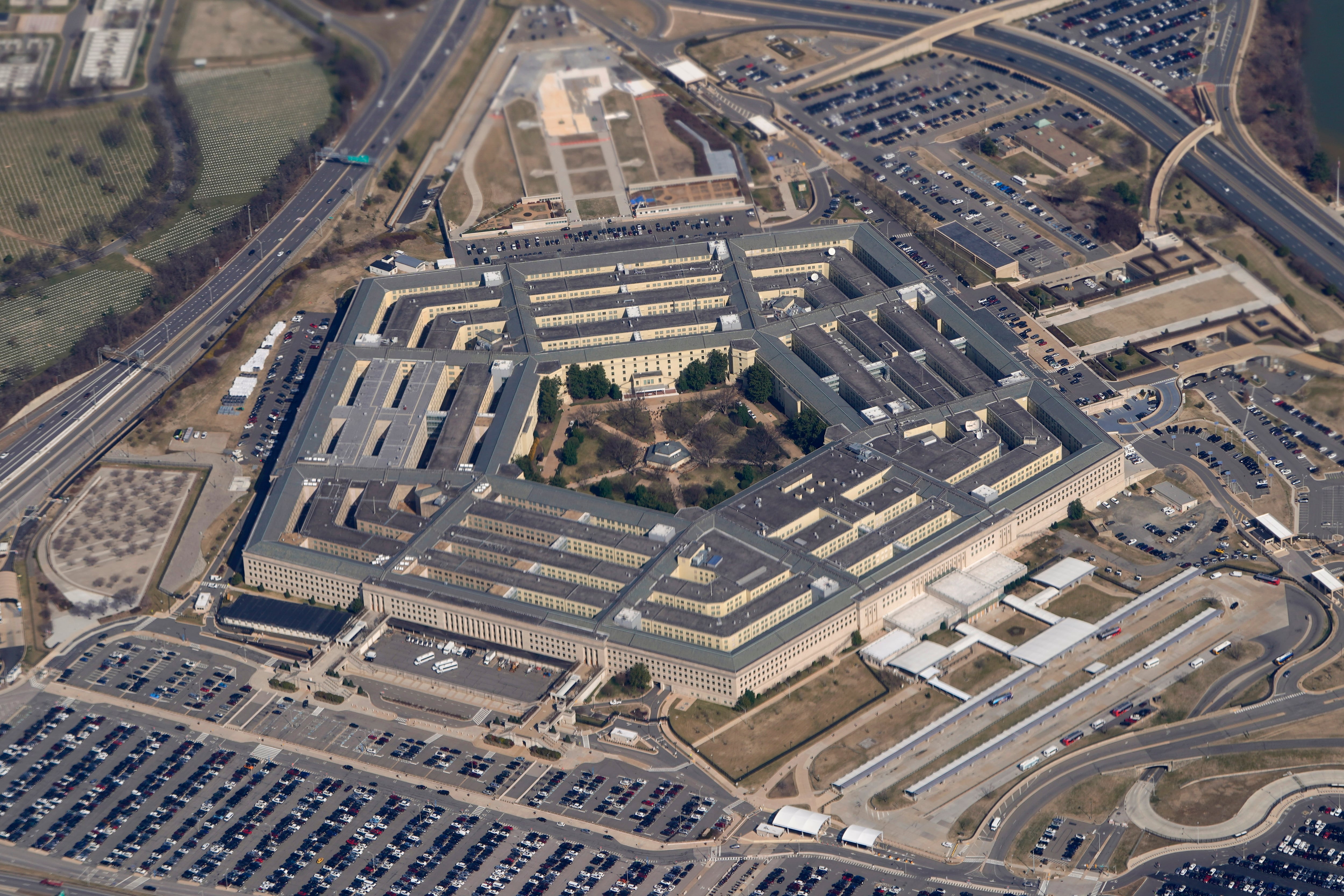Why Saving Private Ryan Remains a Landmark in War Cinema

Few war films have captured the brutal reality and deep humanity of combat quite like Saving Private Ryan. Since its release in 1998, Steven Spielberg’s epic has set the standard for World War II cinema, offering audiences unforgettable moments and complex characters. But what exactly makes this film a cornerstone of the genre? Let’s explore its groundbreaking approach, standout performances, and lasting legacy in film history.
The Power of Realism in Saving Private Ryan
From the opening D-Day invasion on Omaha Beach, Saving Private Ryan immerses viewers in the chaos and terror of war. Spielberg’s direction, combined with Janusz Kamiński’s raw cinematography, creates an experience that feels as close to combat as any film has dared to approach. The relentless camera work pulls the audience straight into the action, never flinching from the grim realities faced by ordinary soldiers.
This commitment to authenticity is especially evident in smaller, character-driven moments. For example, the movie’s famed “chess scene” stands out as a pause in the chaos, revealing the emotional toll the war inflicts on its characters. As highlighted by The Military Times, Captain Miller’s quiet confession about his life as a schoolteacher not only diffuses escalating tension among his men, but also humanizes everyone present. Spielberg’s subtle direction ensures the audience earns these revelations through shared anxiety and stress, rather than through heavy exposition.
Nathan Fillion’s Unforgettable Appearance
While Tom Hanks and Matt Damon delivered career-defining performances, Saving Private Ryan is also remembered for a brief but unforgettable cameo by Nathan Fillion. Cast as the wrong “Private Ryan,” Fillion’s character embodies the confusion and heartbreak of war. This single scene, discussed in-depth by Screen Rant, allowed Fillion to display raw emotion, earning him recognition despite his limited screen time.
Fillion’s portrayal resonates for its authenticity. His character's confusion and grief add a poignant touch, reminding viewers that every soldier carries personal fear and hope. As Collider notes, this scene not only highlighted Fillion’s early talent but also underscored the film’s broader theme: every life touched by war holds its own story.
Exploring the Emotional Core of the Film
Beyond its technical brilliance, Saving Private Ryan succeeds because it never loses sight of its characters’ humanity. Spielberg wanted audiences to understand that most soldiers were everyday people forced into extraordinary circumstances. This is especially clear in Captain Miller’s journey, as he tries to reconcile his past as a teacher with his role as a leader on a dangerous mission.
The film’s closing moments, including Miller’s final words "Earn this," speak directly to the cost of sacrifice and the heavy burdens born in battle. This message lingers long after the credits roll, inviting reflection on duty, honor, and memory.
The Lasting Impact of Saving Private Ryan
The influence of Saving Private Ryan can be seen across film and television. Its realistic portrayal of battle has shaped everything from major motion pictures to acclaimed miniseries like "Band of Brothers." The film also elevated the profiles of many actors, including Fillion, who went on to enjoy a diverse career in both film and television.
For those interested in a closer look at the artistry behind Spielberg’s war epic, these detailed analyses—
including the "chess scene" breakdown and Nathan Fillion’s breakout performance—deepen appreciation for the film’s layered storytelling and enduring legacy.
Conclusion: Why Saving Private Ryan Still Matters
More than two decades later, Saving Private Ryan continues to resonate with audiences worldwide. Its unflinching realism, emotional depth, and exceptional cast make it a masterclass in war filmmaking. Whether revisiting for its iconic battle scenes or quieter emotional moments, the film remains as vital and affecting as ever. If you haven’t watched it yet, now is the perfect time to experience Spielberg’s powerful vision—and to "earn" a deeper understanding of sacrifice and courage in times of war.